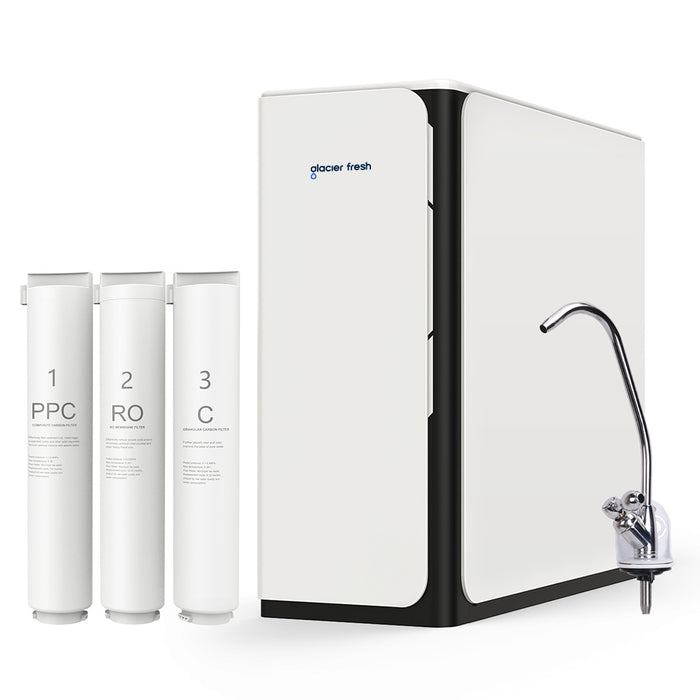In today's world, ensuring access to clean and safe drinking water is more crucial than ever. One of the most effective methods for achieving this is through the use of a RO system, or reverse osmosis system. This article delves into the fundamentals of RO systems, explaining their components, functionality, and benefits.

What is a RO System?
A RO system is a water purification technology that utilizes a semi-permeable membrane to remove impurities from water. This process is essential for eliminating contaminants such as salts, bacteria, and other harmful substances. But how does it work? The key lies in the principle of osmosis, where water moves from an area of low solute concentration to an area of high solute concentration. In reverse osmosis, this natural process is reversed, allowing clean water to pass through while leaving contaminants behind.
Key Components of a RO System
Understanding the components of a RO system is vital for grasping how it operates. Here are the primary elements:
- Pre-filters: These filters remove larger particles and chlorine, which can damage the RO membrane.
- RO Membrane: The heart of the system, this membrane allows only water molecules to pass through, blocking contaminants.
- Post-filters: These filters polish the water before it reaches your tap, ensuring taste and quality.
- Storage Tank: This tank holds purified water until it is needed.
- Faucet: A dedicated faucet dispenses the purified water for drinking and cooking.
How Does a RO System Work?
The operation of a RO system can be broken down into several steps:
- Water enters the system and passes through the pre-filters.
- Next, the water is forced through the RO membrane under pressure.
- Contaminants are left behind and flushed away, while purified water is collected in the storage tank.
- Finally, the water passes through the post-filters before being dispensed through the faucet.
Benefits of Using a RO System
Investing in a RO system offers numerous advantages:
- Improved Water Quality: RO systems effectively remove a wide range of contaminants.
- Cost-Effective: Over time, using a RO system can save money compared to buying bottled water.
- Convenience: Having purified water readily available at home is both convenient and beneficial for health.
In conclusion, a RO system is an excellent solution for those seeking to improve their water quality. By understanding its components and functionality, you can make an informed decision about incorporating this technology into your home. For more information on various RO systems, visit .








